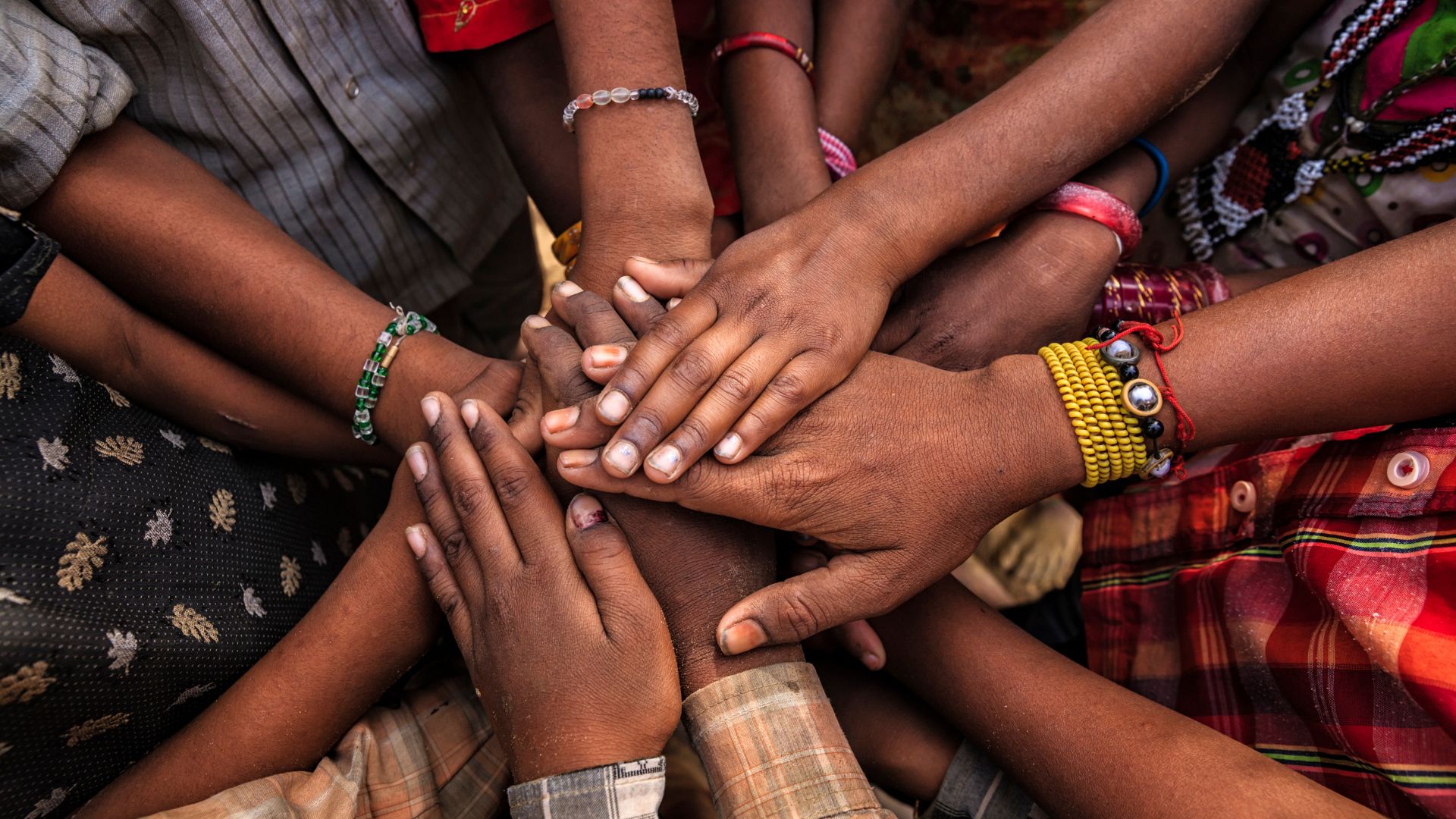During the two-day conference, participants identified a few core peacebuilding problems and suggested solutions for overcoming them in the next three years. These problems and their solutions are:
- The problem: How to encourage the private sector contributes to peacebuilding in Africa?
- The Solution: Establish a core team from different sections of society, that will do a stakeholder analysis and recruit various business and non-business actors who will constitute a multi-stakeholder board. The multi-stakeholder board will develop a private sector strategy for peacebuilding in Africa. The board will consult with business and non-business actors and develop a strategy and policies on how the private sector could be engaged to contribute to peacebuilding. This potentially entails adapting ongoing corporate social responsibility initiatives as well as developing new tools of engagement. The board will also establish and oversee the operation of the body to implement the policies as well as establish an entity that will monitor and evaluate this implementation. After tracking implementation and developing lessons learned in the implementation processes, there will be a further convening of stakeholders.
- The problem: How to promote investment in the establishment and growth of platforms that promote knowledge production and capacity building for youth, women, and other marginalised groups in Africa?
- The Solution: First, identify these platforms, which will include higher education establishments,research institutes and thinks thanks, grassroots organisations, government and regional organisations, civil society organisations, mainstream and new media and digital spaces, private sector actors, celebrities, and activists. Second, shape and influence the incentives of these actors, which would include: financial incentives, incentives of gaining recognition, possibilities for partnership, access, solidarity, and enhanced access to information. Third, address challenges of time, coordination, organisation, agenda-setting, and prioritisation of marginalised groups. Fourth, manage disincentives by identifying and dealing with spoilers, developing solidarity with different groups, building consensus and ownership, deploying intersectoral and feminist approaches and participatory modes of engagement, and offering training to develop advocacy, leadership, and negotiation skills. Finally, create synergy between scholars and policy makers through translating research in policy accessible language as well as using engagement platforms and other informal networks and influences.
- The Problem: Knowledge production on youth, peace and security issues: what kind of knowledge, how and for whom?
- The Solution: Produce knowledge in the key areas of alternative approaches and conceptualisations of youth, peace and security; conceptualising peace in Africa; and the use of technologies such as GPS to innovate for collective wellbeing. Deploy an approach to knowledge that focuses on co-creation and co-production of knowledge bringing together different stakeholders; financing the production of knowledge; and intergenerational engagement.
- The Problem: How to establish an African based and African sponsored peacebuilding fund?
- The Solution: Set up a consortium of CSOs, youth and women’s organisations that manage the fund. The consortium will have a very strong identity, well-defined guidelines and values, and will develop criteria for access to the fund. The consortium will identify critical people such as multinational companies and private individuals, called “impact investors,” to mobilise their resources. The consortium will adopt a portfolio approach targeting different interest groups. To make the fund sustainable, the consortium will demonstrate the fund’s impact for peace. While the risks of donor fatigue, changes in funder priorities, and lack of political goodwill might be encountered, the consortium willovercome them by diversifying funders, adopting integrated and multisector programming, demonstrating dividends, and combing peace education with livelihood intervention.
